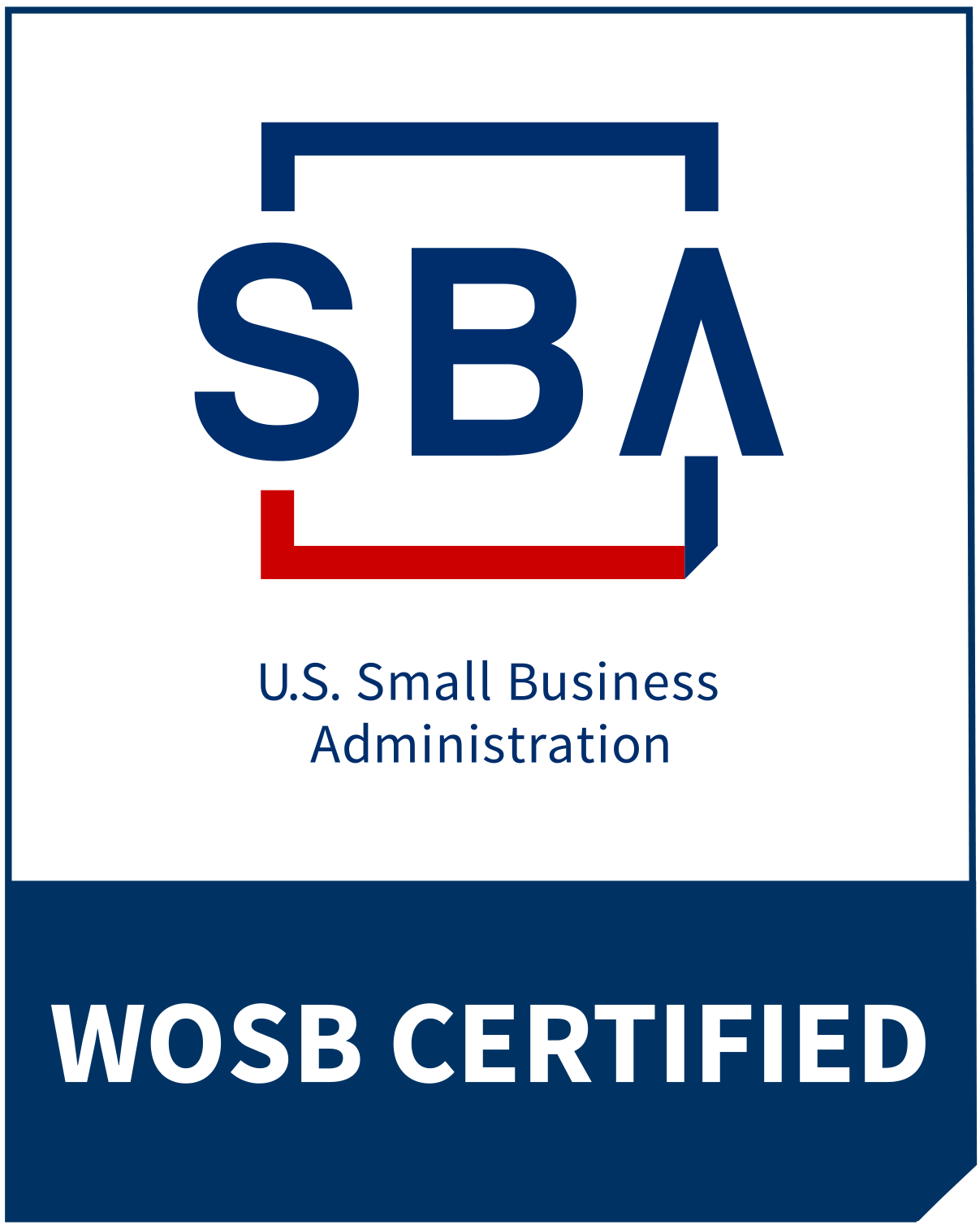Master Expense Control, Master Profitability
Master Expense Control, Master Profitability
Your company just landed its biggest contract yet. Revenue is soaring, but somehow, you're working longer hours, losing key team members, and watching your profit margins shrink. Despite impressive top-line growth, you're constantly worried about making payroll and funding your next phase of growth. Sound familiar?
This phenomenon—what I call "growing broke"—is particularly common in fast-scaling companies. Let's explore why this happens and how to fix it through financial controls and operational systems.
What Does Growing Broke Look Like?
Growing broke happens when expenses outpace revenue growth, creating a situation where your business appears successful on paper but lacks the financial stability to support day-to-day operations. Some common symptoms of growing broke include high revenue with low profit margins, unclear spending patterns, and frequent unexpected expenses that drain resources. When revenue grows rapidly, these costs can spiral quietly out of control. More concerning, they often trigger a chain reaction: financial pressure leads to rushed work, quality issues emerge, key staff burn out and leave, and suddenly, you're spending even more to fix problems and replace talent. The ripple effects of growing broke can be severe. Missed opportunities, increased stress, and vulnerability to economic downturns are just a few examples.
Understanding Your Financial Statements
The first step to fixing growing broke is knowing your current financial situation. Then you can work to ensure your business has a solid financial foundation. To know your current financial situation, you need to be familiar with the three key financial statements that work together to tell your company's story:
The Income Statement is your business’s report card, showing whether it was profitable over a specific period. While it provides valuable insights into short-term performance, it resets every month or quarter, making it insufficient for tracking cumulative trends. Most business owners are familiar with this one, but it’s just one piece of the puzzle.
The Balance Sheet is a snapshot of your business’s financial health. It never resets and reflects the cumulative impact of every management decision you’ve made. Think of it as the DNA of your business.Finally, the Cash Flow Statement is the system monitor. It shows exactly where your money came from and where it went. Unlike other statements, it can’t sugarcoat inefficiencies. It’s the tattletale of your business finances, revealing management decisions that may be causing trouble.
When used together, these statements provide the comprehensive picture you need to make informed decisions about your business’s future.
The One Rule That Changes Everything
Here's a fundamental principle about expense control that can transform your business: The change in your operating expenses should mirror the change in your gross profit.
For example, if your gross profit drops by $450,000 but you only reduce operating expenses by $350,000, you're running an inefficient system that's costing you $100,000 in lost profit. Think of it this way: if your paycheck were cut by 20%, would you continue spending at the same rate? Of course not. You’d adjust your spending to match your new income. Your business should do the same.
Breaking the Growing Broke Cycle
The most dangerous aspect of growing broke is that it often happens when everything looks great on paper. Your company is landing bigger clients, adding features to your products or additional services, and expanding the team. But if your systems aren't scaling efficiently, you're actually losing ground with every new client. As your revenue climbs and you expand operations, it’s easy to lose track of expenses, which inevitably leads to decreased profits. To break this paradox, evaluate every expense against its contribution to gross profit. Ask yourself: Does this spending drive meaningful value, i.e., profit? If not, it’s time to reconsider.
4 Practical Steps for Effective Expense Control
Remember: You can’t outearn inefficiency. Expense control is the solution. The path to better expense control involves understanding where your money is going and making thoughtful adjustments.
Here are some steps to guide you:
- Begin by analyzing your spending categories. Look at payroll, marketing, office costs, and software subscriptions. Evaluate whether each expense aligns with your revenue and provides a strong return on investment. Are there underperforming expenses you can eliminate?
- Next, spot trends in your financial data. Use your financial statements to identify patterns. Are certain categories consistently over budget? Are expenses rising faster than revenue? These trends will highlight inefficiencies and help guide your decisions.
- At the same time, be cautious about over-cutting. Avoid deep cuts that could harm your business. For instance, slashing marketing budgets can reduce lead flow, and excessive staff reductions can lead to burnout and mistakes. Strive for balance by trimming waste without sacrificing operational efficiency.
- Finally, review your finances regularly. Expense control isn’t a one-time exercise. By scheduling regular financial reviews, you can ensure your spending stays aligned with your revenue trends and make adjustments as needed.
Systems-Based Expense Control
Controlling expenses isn't just about cutting costs - it's about building efficient systems. Here are a few ways to approach it from the systems perspective:
- Right-Size Your Resources
- Review subscription-based tools and eliminate redundancy
- Implement usage-based scaling for infrastructure
- Optimize contractor and full-time employee mix
- Create clear capacity planning processes
- Build Scalable Systems
- Document processes to reduce knowledge dependency
- Create modular systems that can scale up or down
- Implement metrics to track efficiency
- Build automated financial controls and reporting
- Optimize Your Operations and Streamline Project Management
- Implement automation for repetitive tasks
- Right-size your teams for current projects
- Use data to optimize team sizes and composition
- Create clear handoff processes to reduce rework
- Build feedback loops for continuous improvement
A Roadmap to Sustainable Growth
Understanding these financial relationships isn’t just about solving immediate problems; it’s about laying the groundwork for sustainable growth. When your spending aligns with gross profit, you create a business that scales smoothly and profitably, reducing stress and increasing resilience.
The goal isn't just to survive growth - it's to build a business that scales sustainably and profitably while giving you back your time. This means:
Systems that scale without proportional cost increases
Teams that can expand or contract efficientlyFinancial controls that provide early warning signals
Operations that don't depend on constant oversight
If you’re unsure about where your business stands, ask yourself these questions:
Do I know how much my business is spending each month and where?
Are my operating expenses aligned with my gross profit trends?When was the last time I analyzed my financial statements for inefficiencies?
Are your systems scaling efficiently with your growth?
When was the last time you did a full systems audit?
If these questions leave you feeling uncertain, it’s time to take action.
Next Step: Stop Growing Broke
Growing broke doesn’t have to be your story. By mastering expense control and aligning your spending with your gross profit, you can transform your business into a lean, profitable operation that scales sustainably.
Ready to find hidden cash in your business and take control of your business operations? Let’s work together to get your business back on track. Book a free Fast Track Strategy Session at 3SSmartConsulting.biz to start making small adjustments that deliver big results.
Is Your Business Growing Broke?
Is your business thriving on paper but crumbling at the same time? You may be “growing broke,” where revenue increases but profits decrease and everything seems to be in chaos. The culprit? Missing systems and outdated processes that can’t keep up.
The answer is simple: take a systems-first approach. This approach supercharges scalability, streamlines operations, and allows you to regain control of your company and your time without the stress.
Stop firefighting and start building a business that works for you. Click below to stop growing broke!
Related Posts

Manage to Millions: Your Leadership Journey




